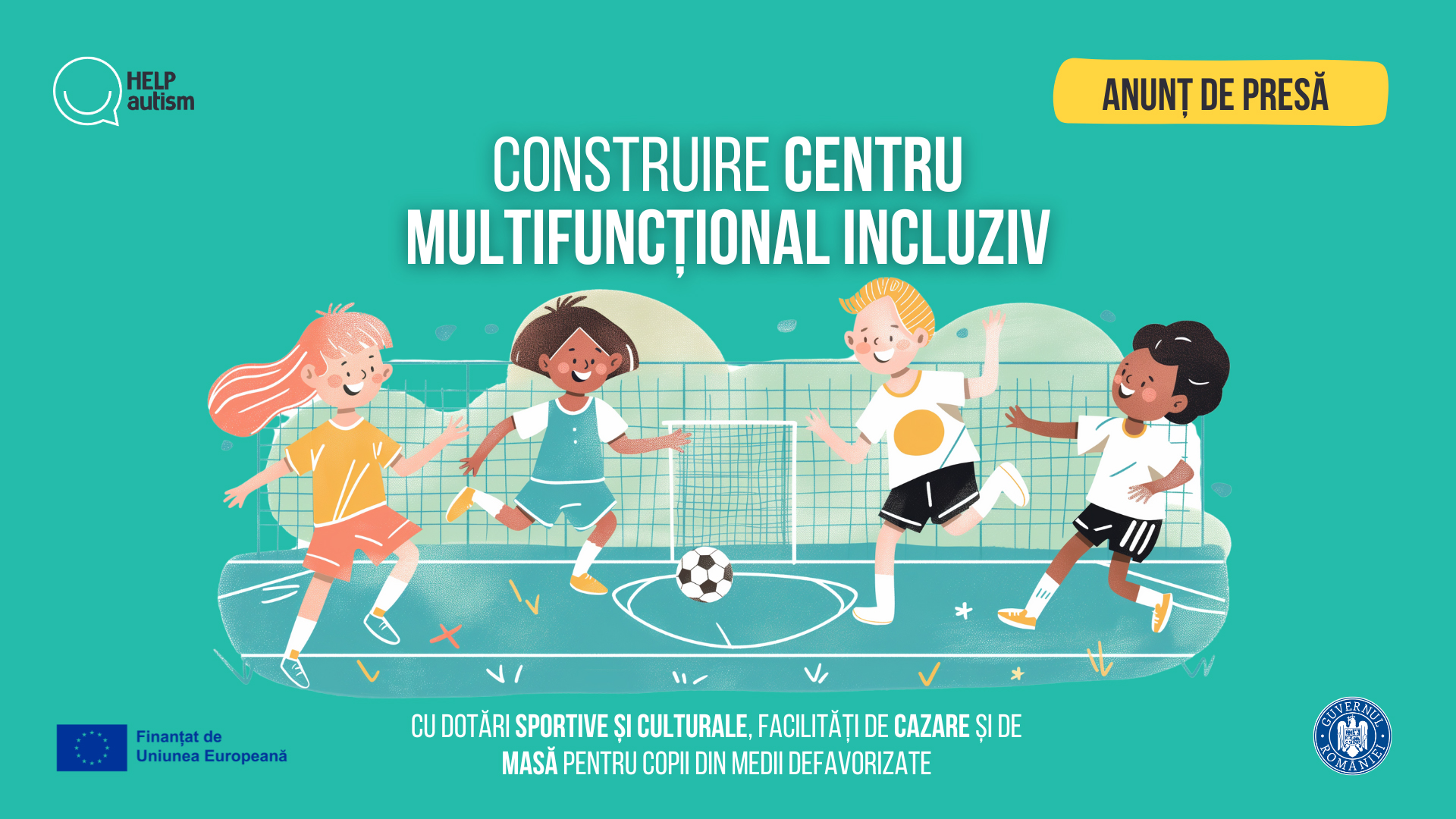
ABA Therapy
Applied Behavioral Analysis (ABA) - Applied Behavior Analysis is a technique used in the treatment of children diagnosed with autism. The presentation of this method started from the treatment study conducted by Lovaas in 1973, that reflected a number of concept errors. The UCLA Young Autism Project followed, in 1987, which led to remarkable progress of the behavioral aspects (intellectual, educational, social, emotional) that later developed and was implemented as a working method for the recovery of children with autism.
ABA method is a learning program that aims to change the behavior of the autistic child in a systematic and intensive manner, the ultimate objective being the social integration of the child.
The system has clearly stated objectives, divided into small tasks so that the child's progress can be measured permanently. Strengthening behavior is made using incentives, the entire system functioning on the basis of these rewards either material or social. The program is very strict and is required for the child to be stimulated throughout the day. Although sometimes it seems to resemble a training method, it appears to be the only method with significant results. Because of its strict rules and resemblance to a training program, ABA method,has been heavily criticized. The program is strict precisely because these children need more stringent and predictable activities and routine.
ABA is based on observation of behavior, positive reward and prompt (minimal but sufficient help given the child to perform a task). The child's behavior is reinforced with a reward when the answer is correct. Unwanted behaviors o the ones that interfere with learning social skills are carefully observed. The goal is to determine the trigger of the behavior in question and to observe what happens after the manifestation of that behavior, what reinforces that behavior.
ABA is the science of human behavior.
Applied behavioral analysis is a process of systematic intervention based on learning theories, which aims to develop new behaviors.
The ABA method helps children with autism:
increase desirable behaviors (eg.communication);
teaching of new skills;
maintaining a certain behavior (learning self-control);
generalization or transfer of learned behaviors;
restricting environmental factors acting on the child when learning;
reducing unwanted behaviors (aggression, self aggression, stereotypes, autostimulation).
Describing the principles of applied behavioral analysis:
The relationship between behavior and environment is described by operant conditioning principles that has 3 components:
ANTECEDENT - the situation in which the conduct occurred;
BEHAVIOR - action taken in response to the antecedent;
ACCORDINGLY - what happened immediately after the appearance of the behavior
Conclusions and advantages of ABA
Through behavioral therapy, children with autism can be recovered within certain limits in order to understand the world in which we live, to be able to relate, communicate with others, to express wants and needs verbally. Is essential for this therapy to be started at a young age, parents should be involved in the recovery program and also correctly follow the therapy program. The program is based on the child's individual abilities, because although they may have the same diagnosis, each of them requires individualized special intervention.
Some of the advantages of Aba therapy are:
self-service, independence
significantly improved IQ, academic achievements and language skills
maintaining proper hygiene
increasing procurement in terms of cognitive and behavioral
dressing and undressing properly
assimilation of diverse knowledge (especially those useful and functional)
generalization of purchases in any medium and in any situation
strengthening language skills
decrease undesired behaviors (autostimulation, aggressive behaviors, stereotypes, etc.)
improving coarse and fine motor skills
recognition and naming of surrounding objects, people, actions, places, emotions etc.
talking about their experiences
sorting various objects
knowledge of different types of categories.
| Share pe Facebook |






